Imagine strolling through a forest and facing a gigantic steel sculpture pointing towards the canopy, or stumbling upon finely carved wooden statues that appear to sprout organically from weathered tree trunks. Forest sculpture parks are a unique marriage of man’s creativity and nature, wherein artists approach the woodland as both canvas and gallery space simultaneously.
These open-air museums have a way of developing over decades as artists find woodland areas removed from the norm of art world expectations. The majority of these parks remain fairly off the beaten path despite world-class sculpture, situated on private land or in out-of-the-way sections of public forest.
Find below 17 forest sculpture parks that are in plain view across North America.
Storm King Art Center
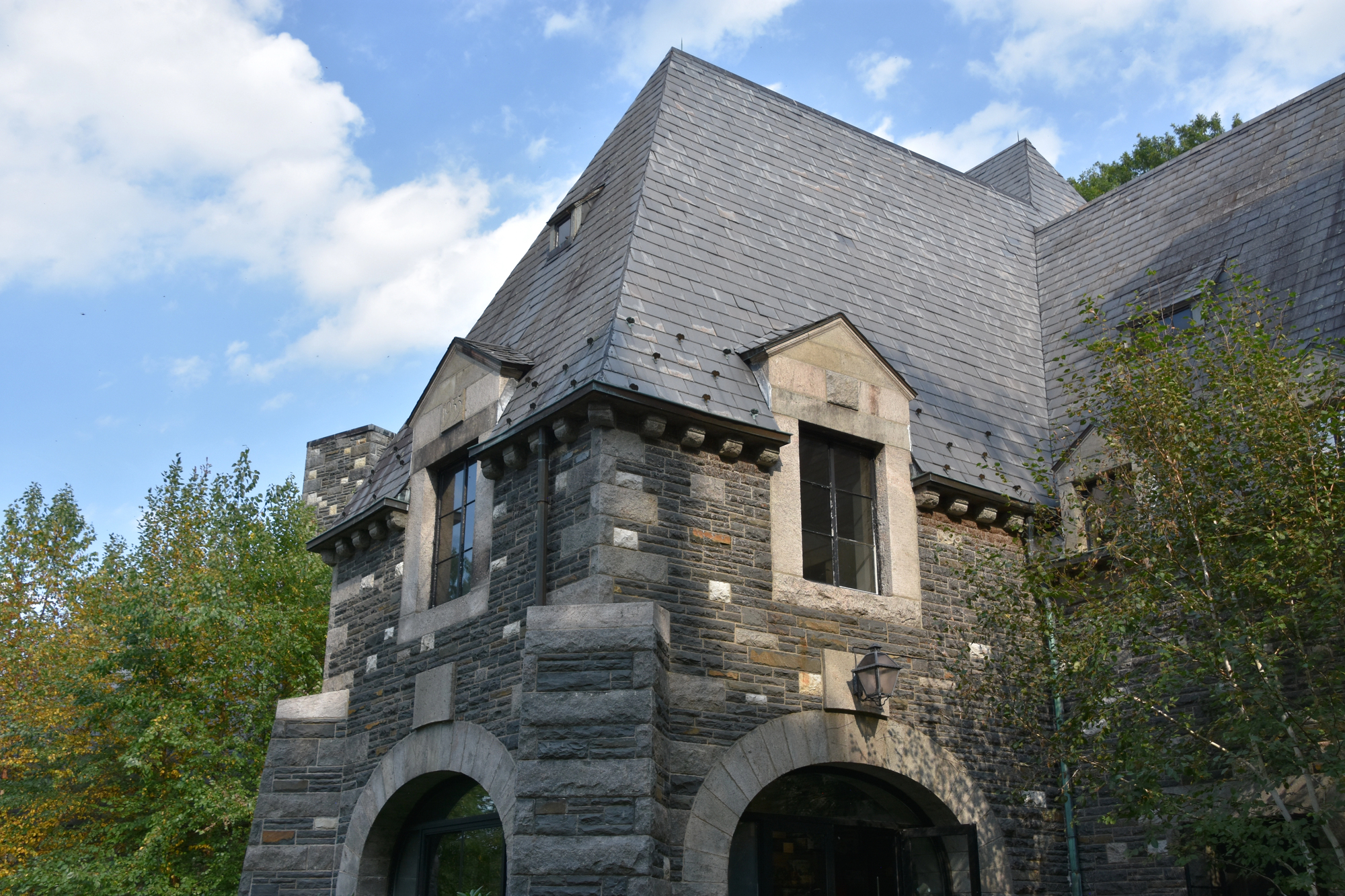
Located in New York’s Hudson Valley, this 500-acre sculpture park transforms rolling hills and woodlands into an outdoor gallery featuring works by renowned artists like Maya Lin and Alexander Calder. The massive installations seem to grow from the landscape itself, creating unexpected encounters as visitors wander through meadows and forest trails.
Walking paths wind between towering trees and monumental sculptures that change appearance with shifting light and seasons. The park demonstrates how contemporary art can enhance rather than compete with natural beauty.
Grounds For Sculpture
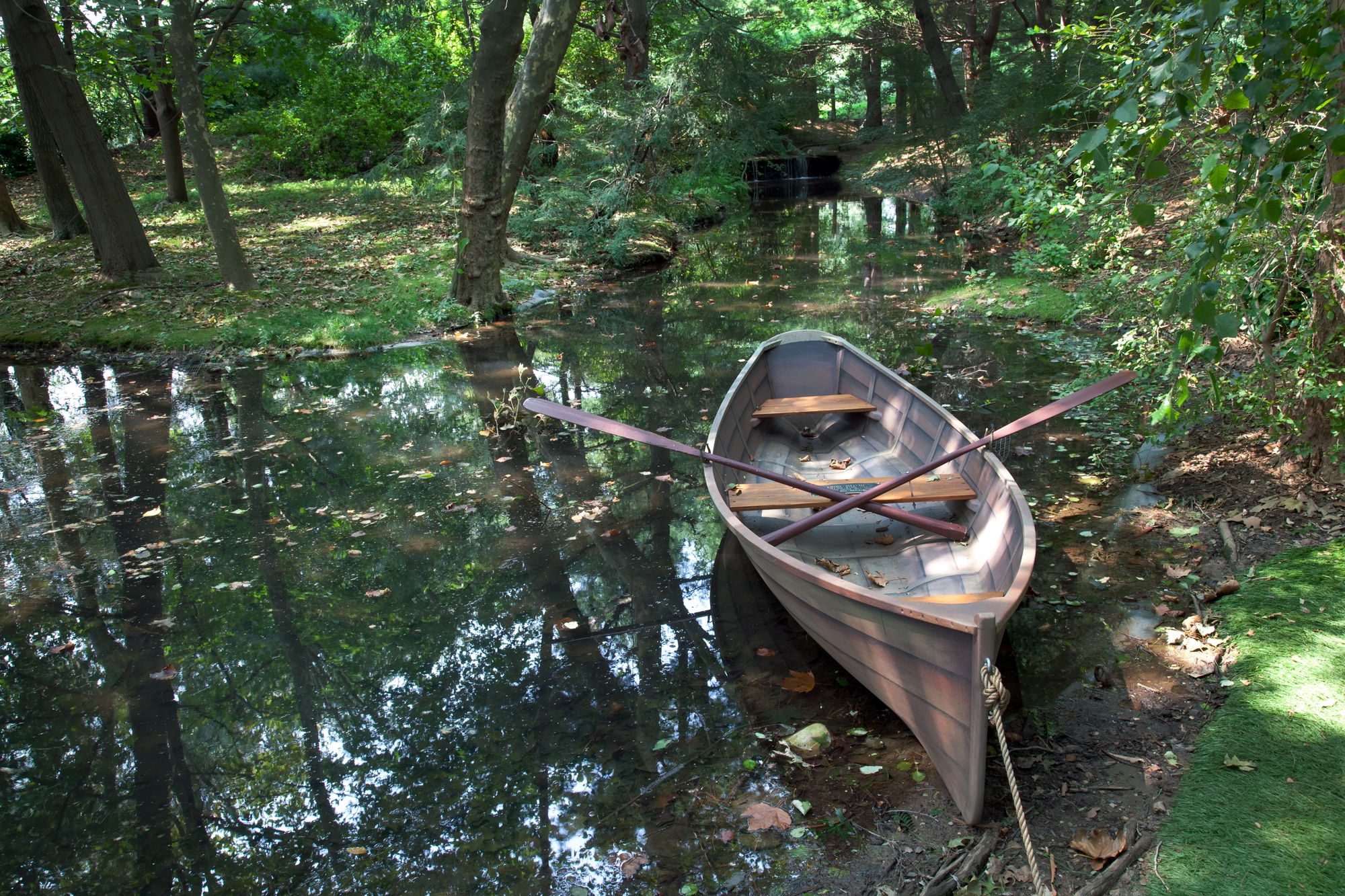
This 42-acre park in Hamilton, New Jersey, blends cultivated gardens with dense woodland areas where sculptures hide among the trees like forest spirits waiting to be discovered. Founded by artist Seward Johnson, the space features both realistic and abstract works that often surprise visitors who think they’re seeing actual people or animals.
The wooded sections create intimate gallery spaces where art and nature intertwine so seamlessly that distinguishing between them becomes impossible. Seasonal changes transform the entire experience, as snow, autumn leaves, or spring blossoms add new dimensions to familiar works.
Franconia Sculpture Park
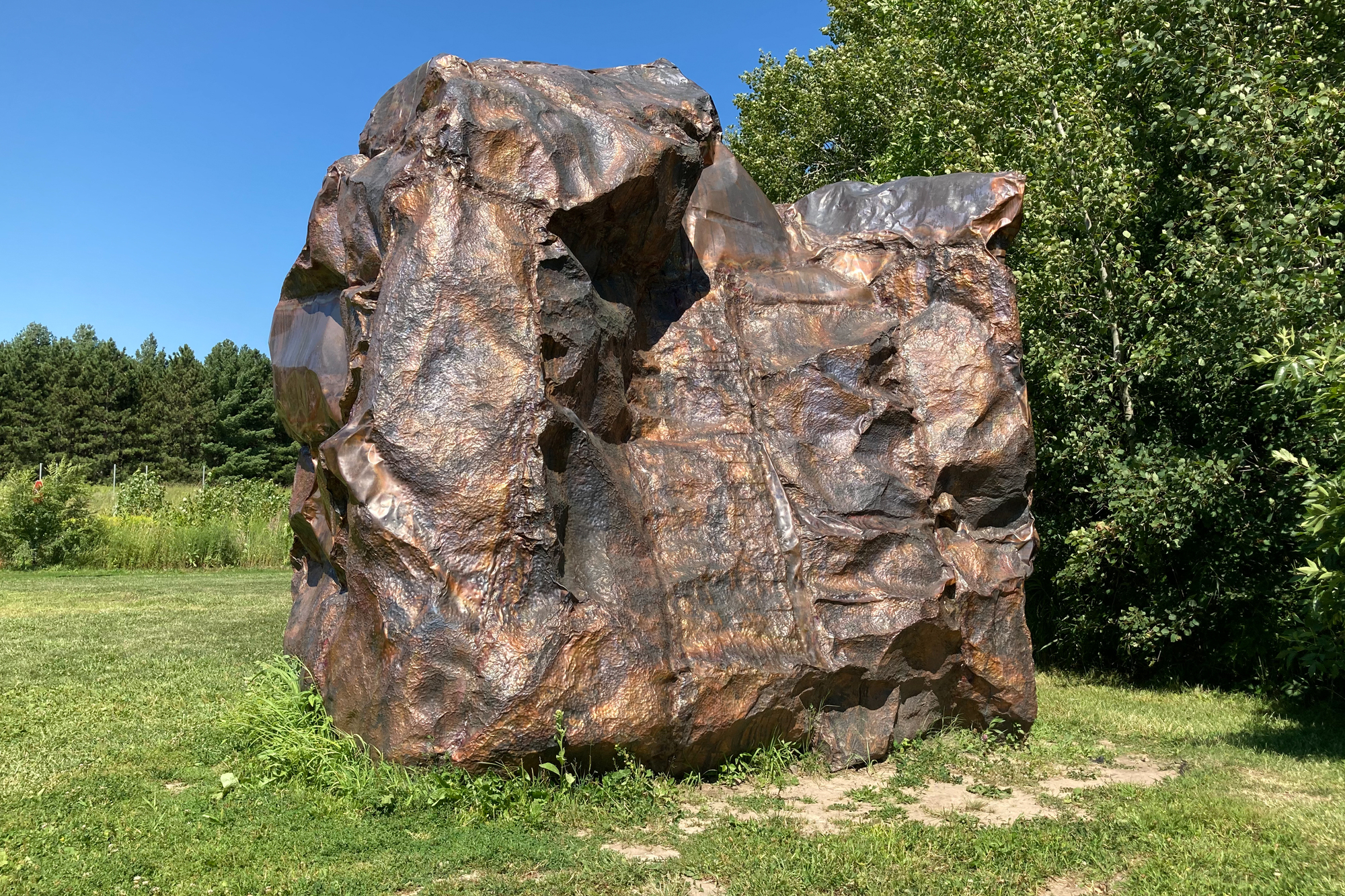
Minnesota’s Franconia Sculpture Park encourages experimental art in a natural prairie and woodland setting where artists can create large-scale works without the constraints of traditional gallery spaces. The constantly evolving collection includes everything from whimsical installations to serious conceptual pieces scattered throughout 43 acres of rolling terrain.
Many works incorporate natural materials found on site, creating pieces that will gradually return to the earth as part of their artistic statement. The park’s philosophy embraces both permanent installations and temporary works that document specific moments in time.
Like Travel Pug’s content? Follow us on MSN.
Art Omi
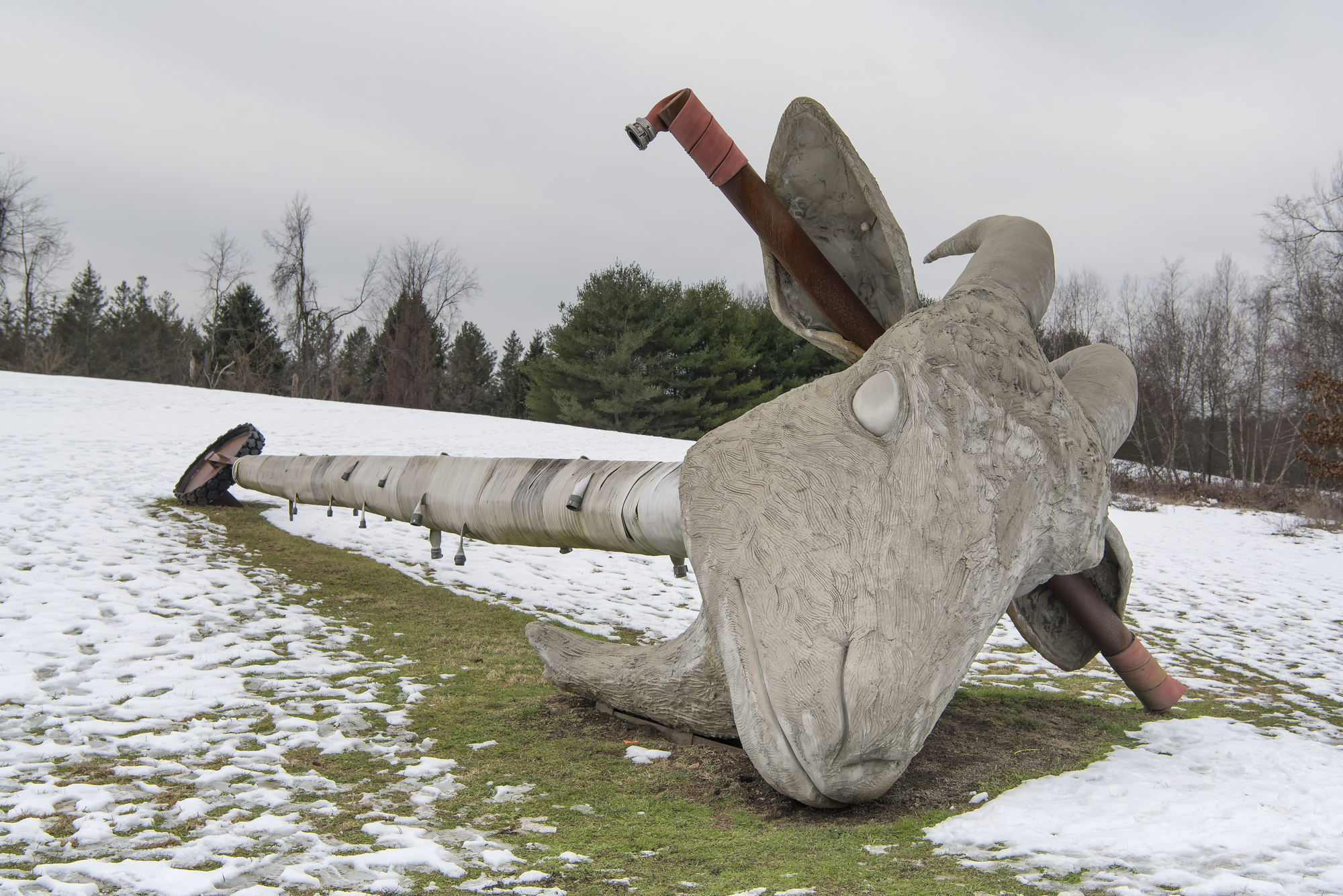
Nestled in Columbia County, New York, Art Omi spans 300 acres of fields, forests, and wetlands where international artists create site-specific installations during summer residencies. The woodland paths reveal unexpected encounters with sculptures that range from subtle interventions to bold statements about humanity’s relationship with nature.
Many pieces use natural materials that weather and change over time, creating living artworks that evolve with each season. The park’s commitment to featuring artists from around the world brings diverse cultural perspectives to the American landscape.
Pyramid Hill Sculpture Park
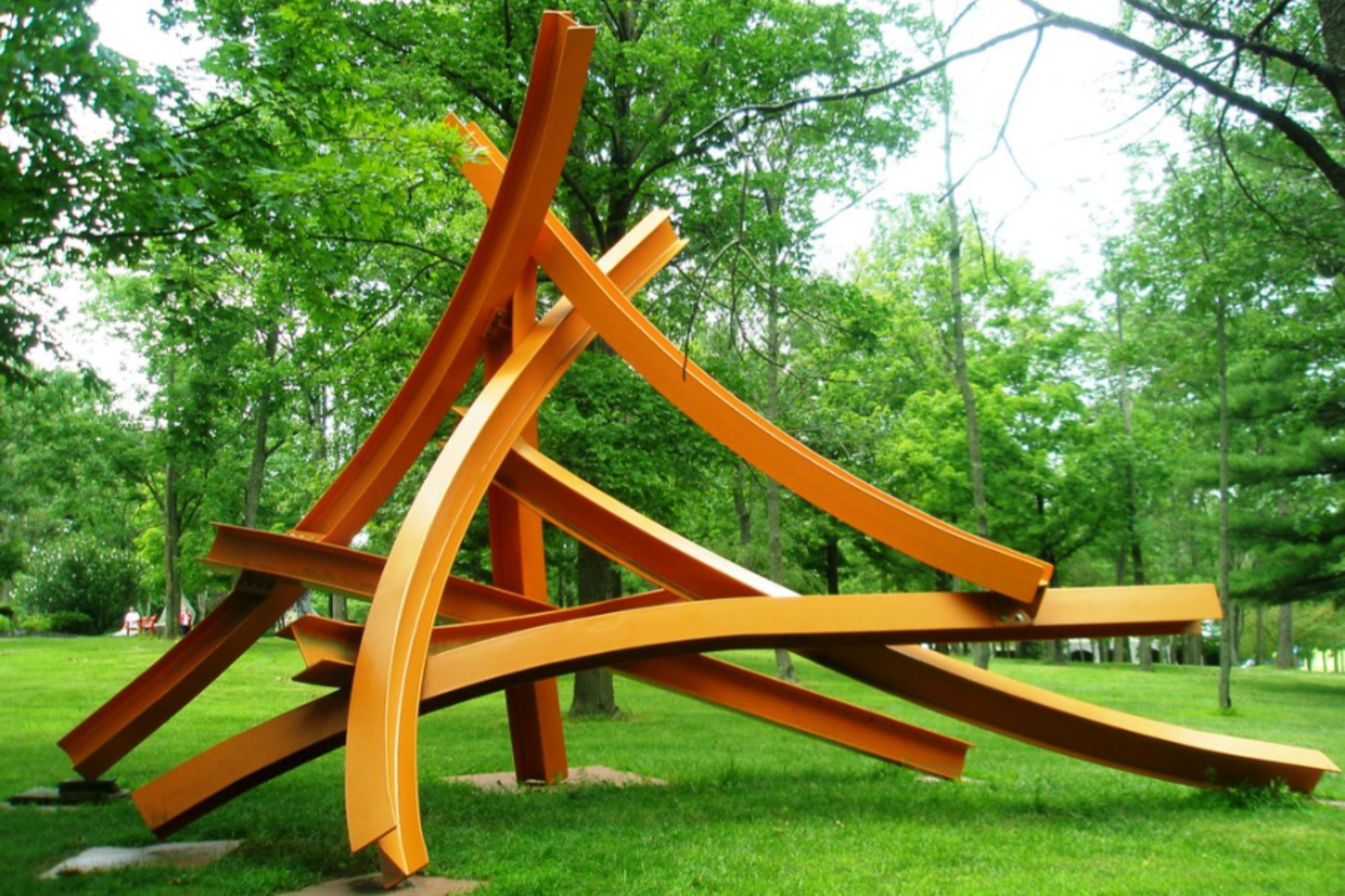
This Ohio destination combines formal gardens with wild woodland areas where monumental sculptures create dramatic focal points among native trees and wildflowers. The 300-acre site includes both permanent installations and rotating exhibitions that keep the experience fresh for repeat visitors.
Forest trails lead to hidden clearings where massive bronze and steel works emerge from the greenery like ancient monuments. The park’s setting in rolling farmland creates multiple ecosystems that provide varied backdrops for different artistic styles.
deCordova Sculpture Park
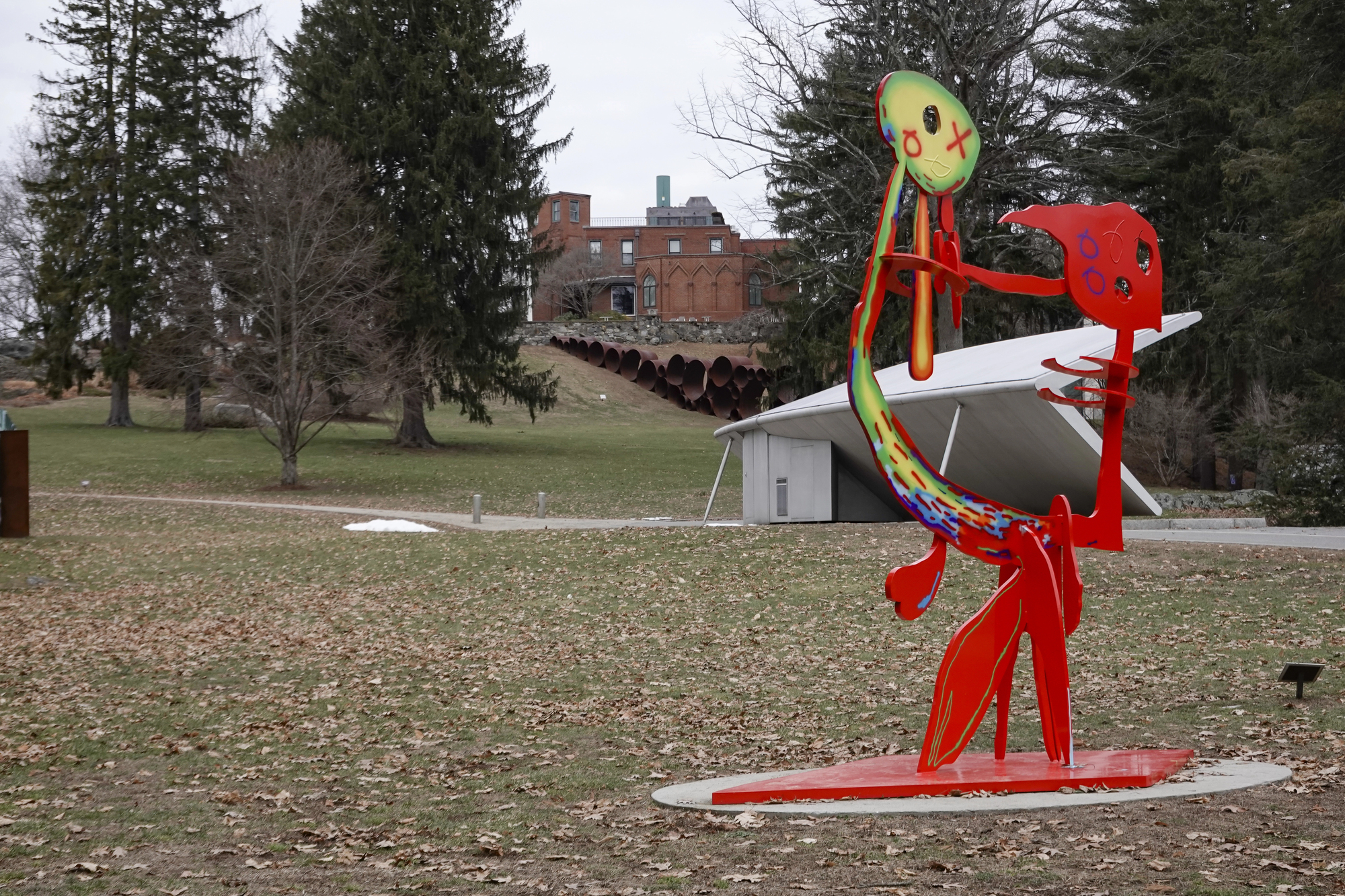
Located just outside Boston, this 35-acre park integrates contemporary sculpture with New England’s characteristic mixed hardwood forests and rocky outcroppings. The collection includes works by both established and emerging artists who respond to the site’s natural features and colonial history.
Winding trails create a sense of discovery as visitors encounter everything from abstract metal constructions to organic forms that seem to grow from the forest floor. The park’s proximity to urban areas makes it an accessible escape where city dwellers can experience art in a natural setting.
Like Travel Pug’s content? Follow us on MSN.
Socrates Sculpture Park
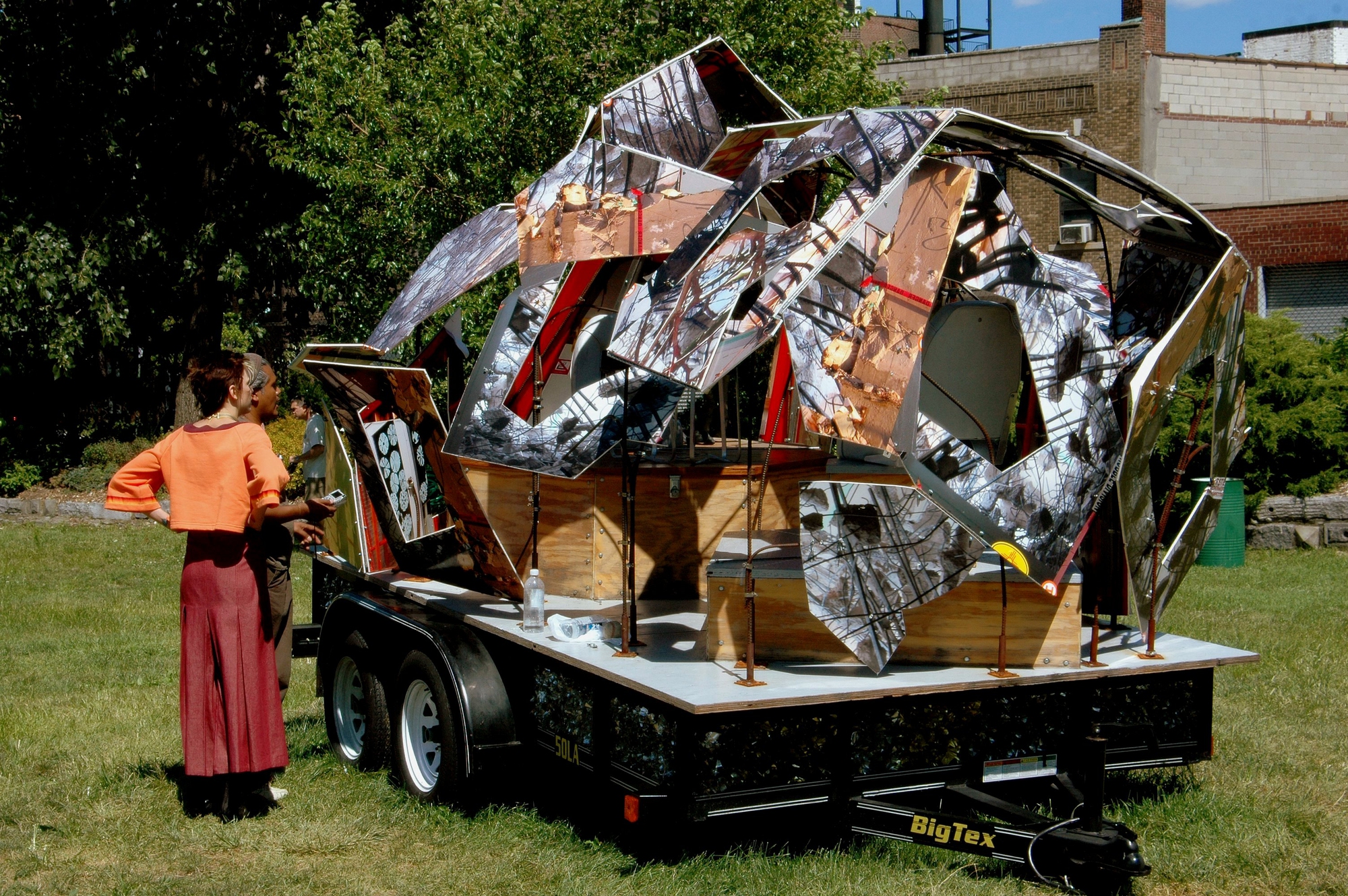
Though technically urban, this Queens park along the East River creates a unique forest-like environment where weeds, volunteer trees, and wild plants grow around constantly changing installations. Artists work with the site’s industrial history and natural reclamation to create pieces that comment on urban ecology and social issues.
The informal landscape provides a stark contrast to manicured sculpture gardens, creating raw encounters between art and nature. Many installations incorporate found materials and respond to the park’s evolution from abandoned landfill to thriving cultural destination.
Laumeier Sculpture Park
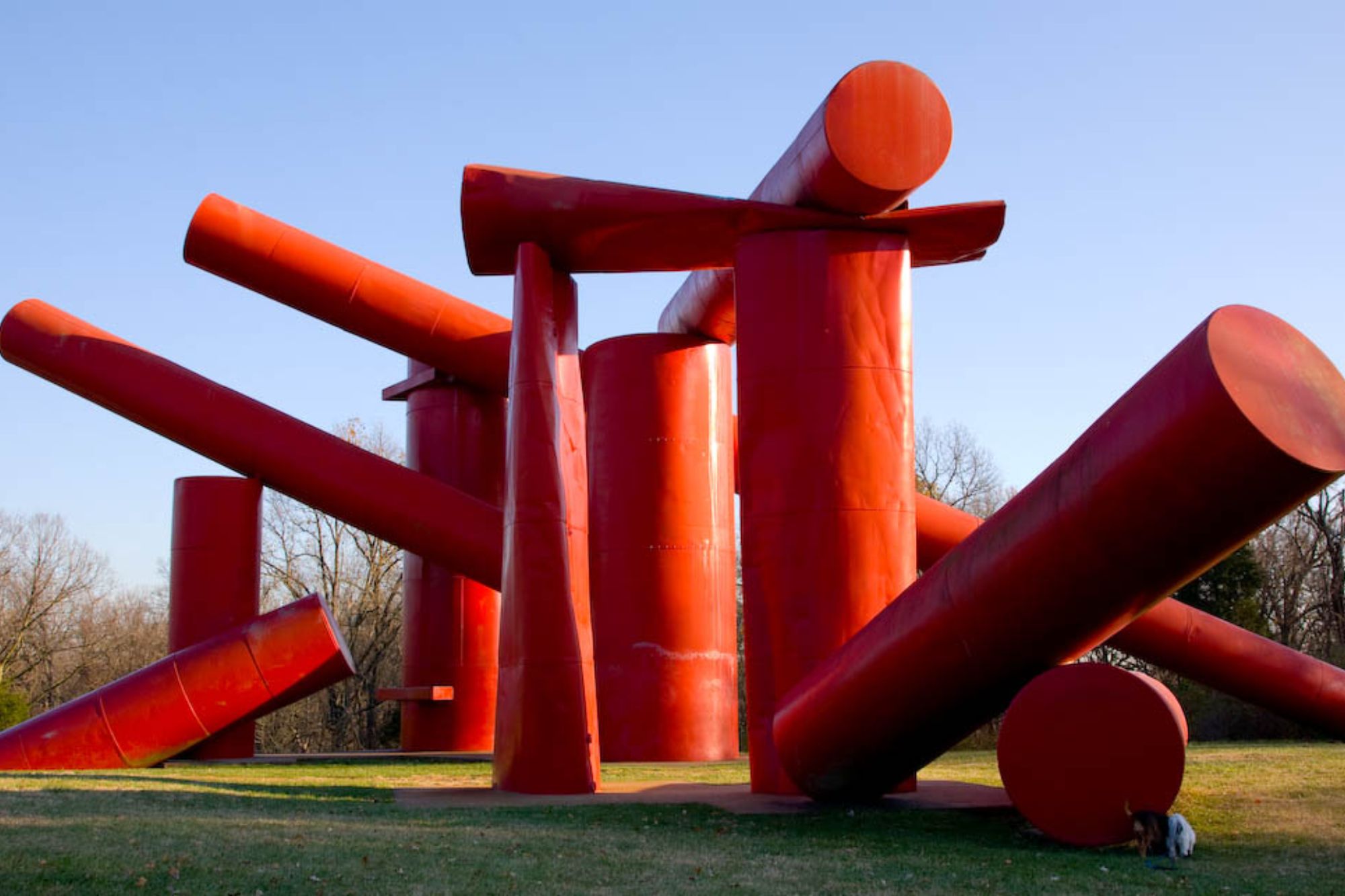
This St. Louis area park transforms 105 acres of Missouri woodland and prairie into an outdoor gallery where large-scale works create dramatic punctuation marks in the landscape. The collection includes both internationally recognized pieces and works by regional artists who understand the local environment and cultural context.
Forest trails connect different ecological zones, each providing unique settings that enhance specific artistic statements. The park’s educational programs help visitors understand how contemporary artists use natural environments to explore complex themes.
Bernheim Arboretum and Research Forest
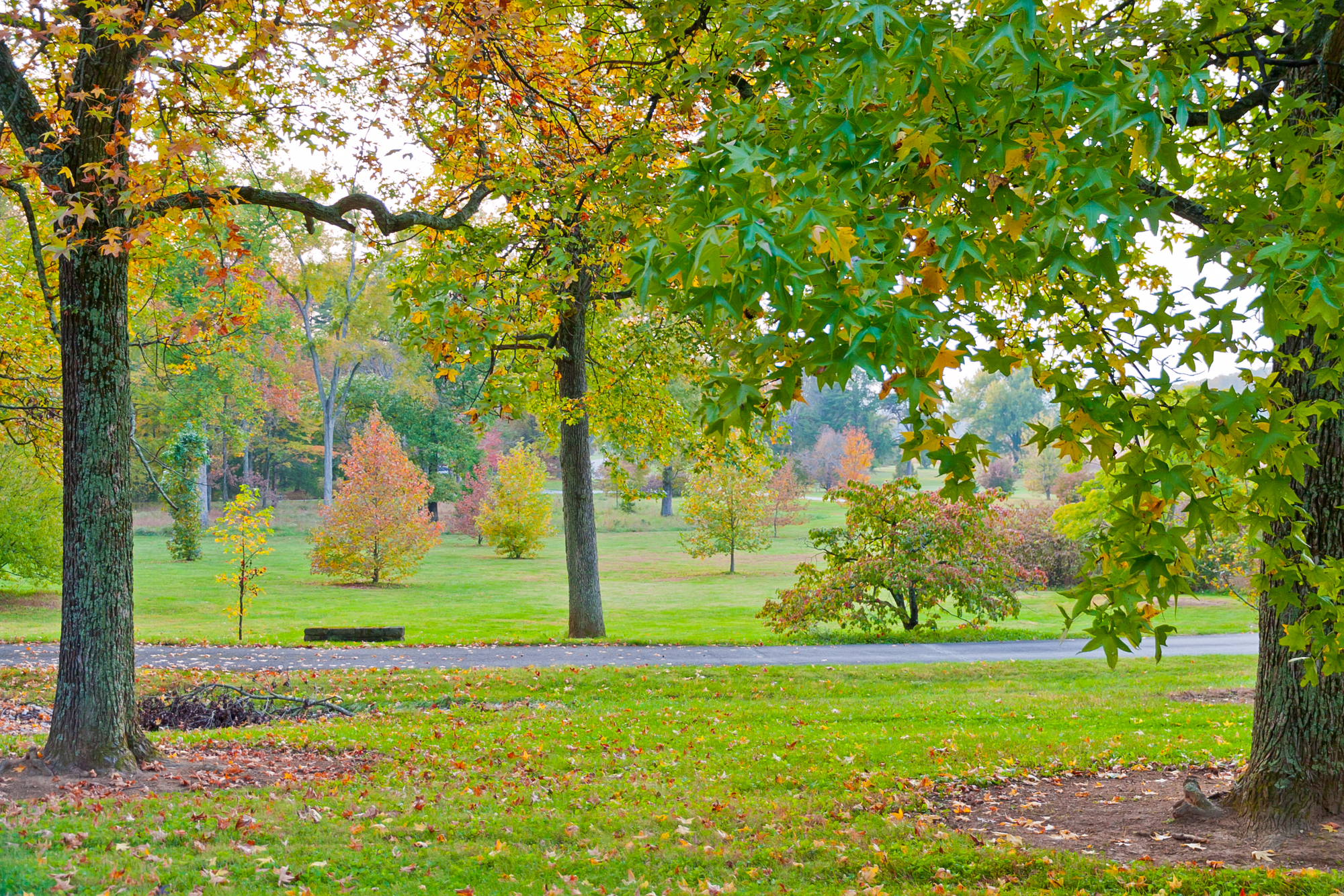
Kentucky’s Bernheim Forest features an expanding collection of site-specific installations scattered throughout 16,000 acres of preserved woodland and restored prairie. The forest giants installation uses massive sculptural elements that tower above the canopy, creating new perspectives on the relationship between human scale and natural grandeur.
Artists work with forest managers to ensure installations enhance rather than disrupt the ecosystem while providing visitors with unexpected encounters during nature walks. The park demonstrates how art can support conservation goals by encouraging deeper engagement with natural environments.
Like Travel Pug’s content? Follow us on MSN.
Morris Museum Outdoor Sculpture Garden

Hidden within New Jersey’s woodlands, this sculpture garden uses dense forest cover to create intimate gallery spaces where visitors discover artworks around each bend in the trail. The collection emphasizes pieces that respond to seasonal changes, with some works designed to be partially obscured by summer foliage and fully revealed during winter months.
Forest ecology becomes part of the artistic experience as visitors notice how different works attract birds, provide shelter for small animals, or channel rainwater in unexpected ways. The park’s design recognizes that nature itself is an active participant in the artistic experience.
Coastal Maine Botanical Gardens

These Maine gardens integrate sculpture throughout 295 acres of coastal forest where salt air and changing seasons create unique challenges and opportunities for outdoor art. The collection includes works designed specifically for the harsh coastal environment, with artists using materials and techniques that can withstand nor’easters and salt spray.
Forest paths wind through different microclimates, from protected inland groves to exposed coastal bluffs where sculptures must brave the elements. The park demonstrates how regional environmental conditions shape both artistic possibilities and conservation strategies.
Nathan Manilow Sculpture Park
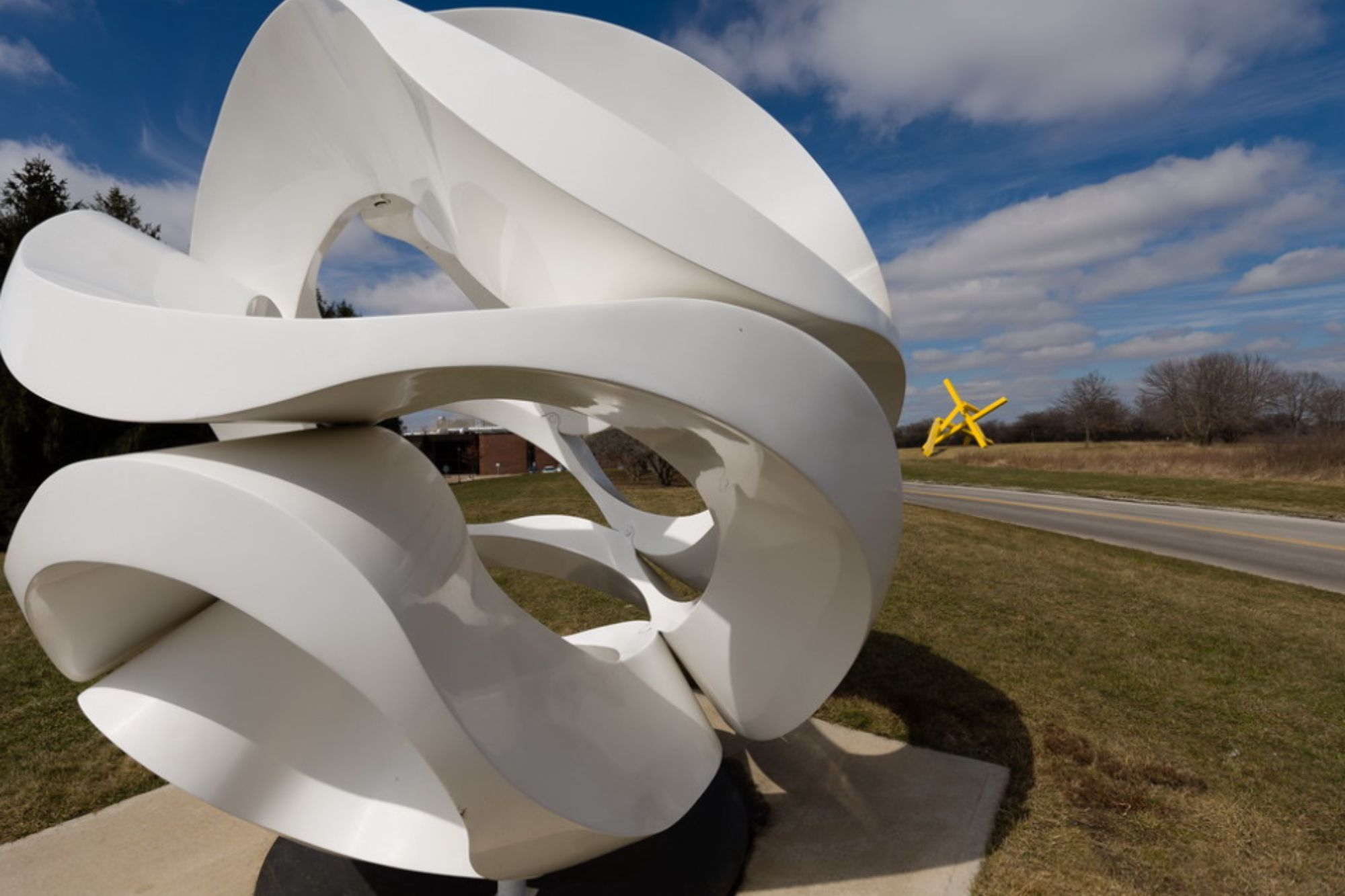
Located in Illinois prairie and woodland restoration areas, this park features monumental works placed throughout a landscape that’s gradually returning to its pre-settlement condition. The contrast between contemporary art and restored ecosystems creates thought-provoking encounters that highlight both natural and cultural history.
Forest sections provide intimate settings for smaller works while open areas accommodate massive installations visible from long distances. The park’s location on university land ensures ongoing research into how art and ecological restoration can support each other.
Like Travel Pug’s content? Follow us on MSN.
Chesterwood
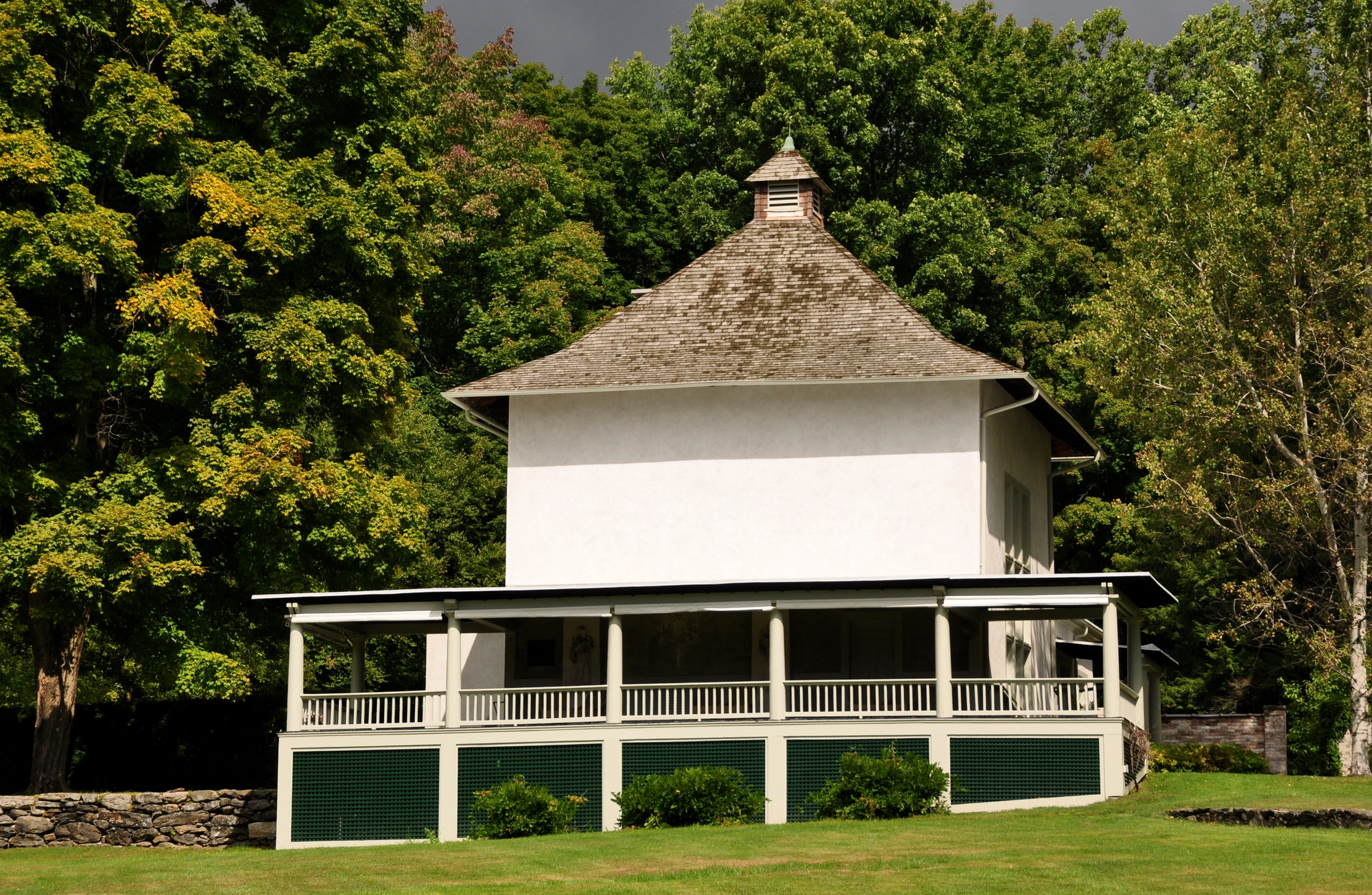
Daniel Chester French’s historic studio and gardens in the Berkshire Mountains include contemporary sculpture installations scattered throughout woodland trails that wind around the property. The forest setting provides a dramatic contrast to French’s classical sculptures while demonstrating how different artistic traditions can coexist in natural environments.
Mature trees create natural galleries where temporary installations appear throughout the growing season, then disappear as artists reclaim materials or works naturally decompose. The park shows how historic sites can embrace contemporary art while maintaining their cultural significance.
Aldrich Contemporary Art Museum
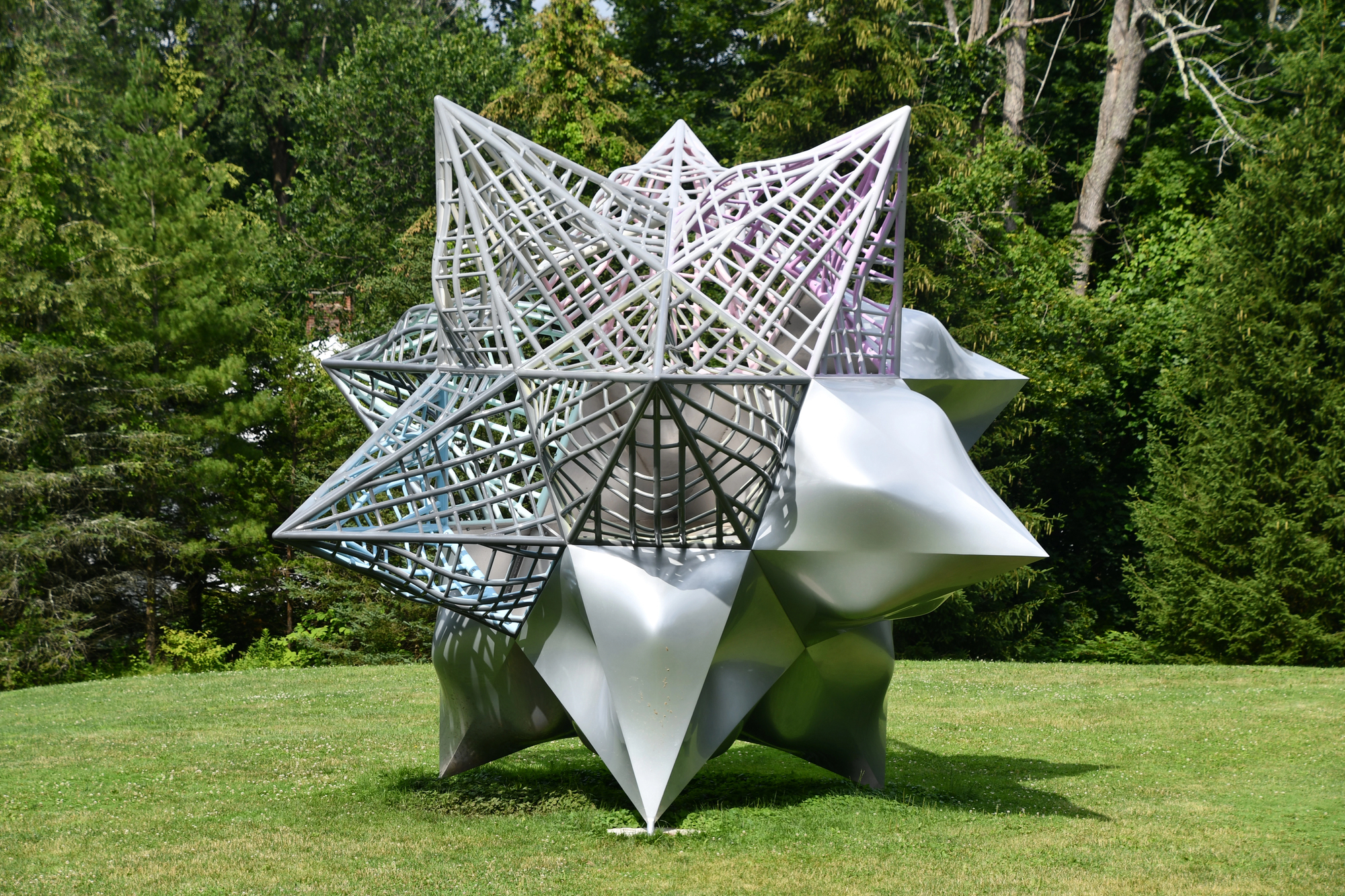
Connecticut’s Aldrich Museum extends its galleries into surrounding woodland areas where site-specific installations create unexpected encounters for visitors exploring the property’s trails. The forest works often address environmental themes while using the woodland setting to explore ideas about permanence, change, and humanity’s impact on natural systems.
Many pieces incorporate living elements like moss, lichens, or volunteer plants that become collaborators in the artistic process. The park’s approach treats the forest as an active gallery space rather than simply a backdrop for human creativity.
Kykuit Sculpture Garden
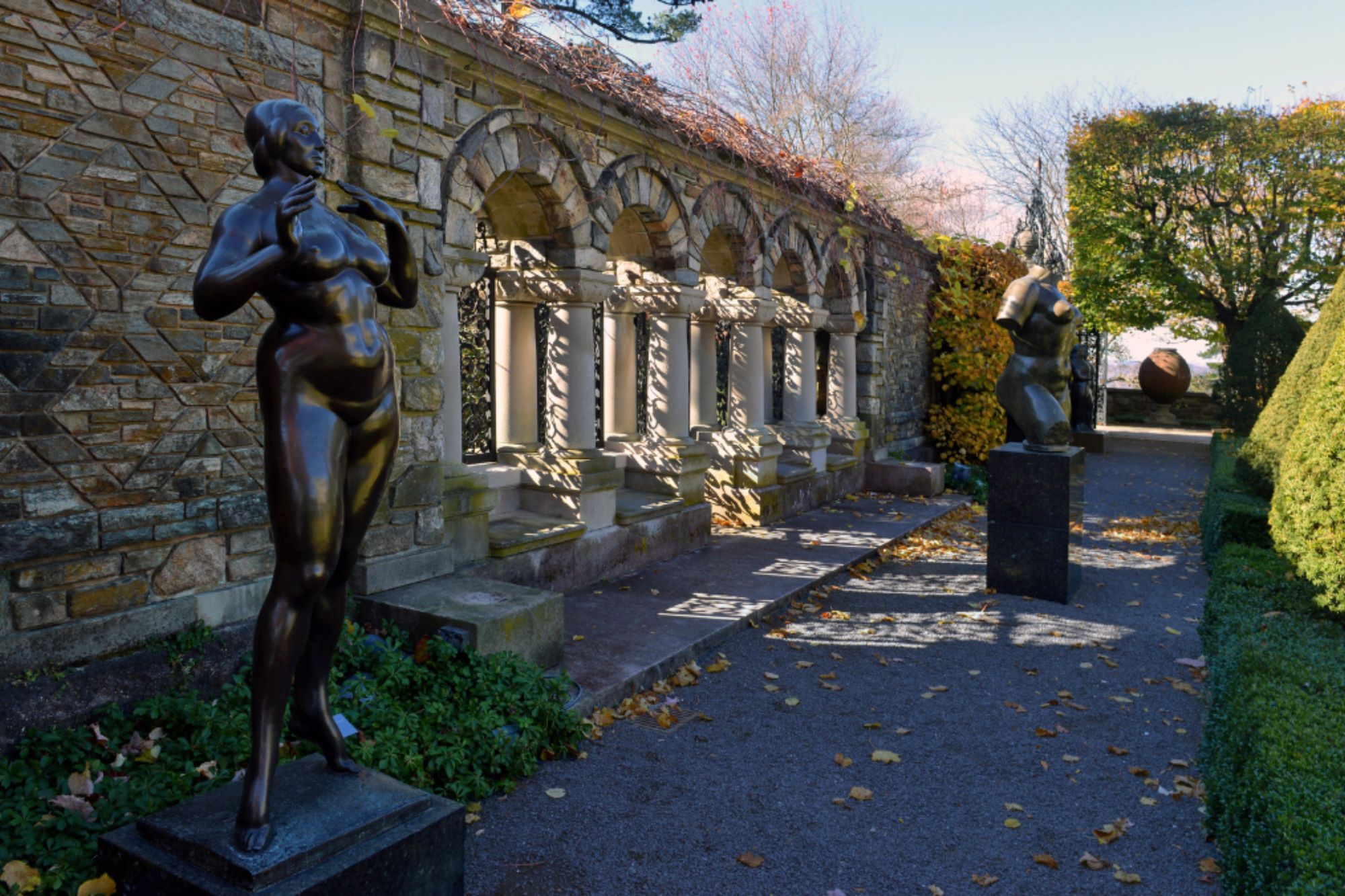
The Rockefeller estate’s sculpture collection includes works placed throughout the property’s extensive woodlands, where historic landscape design meets contemporary artistic vision. Forest trails connect different garden rooms and wild areas where sculptures create focal points that draw visitors deeper into the landscape.
The collection demonstrates how private collectors can create public experiences by opening their grounds to visitors interested in seeing art in natural settings. The park’s maintenance practices show how careful stewardship can preserve both cultural and natural heritage for future generations.
Like Travel Pug’s content? Follow us on MSN.
Pepsico Sculpture Gardens

This corporate collection in Purchase, New York, transforms office park grounds into an artistic landscape where woodlands, meadows, and formal gardens provide diverse settings for major sculptural works. The forest areas offer refuge from the more manicured sections while providing intimate encounters with pieces designed for quiet contemplation.
Many works use the woodland setting to explore themes of growth, decay, and renewal that resonate with both natural cycles and corporate culture.
Sheppard Fine Arts Gallery Forest Trail
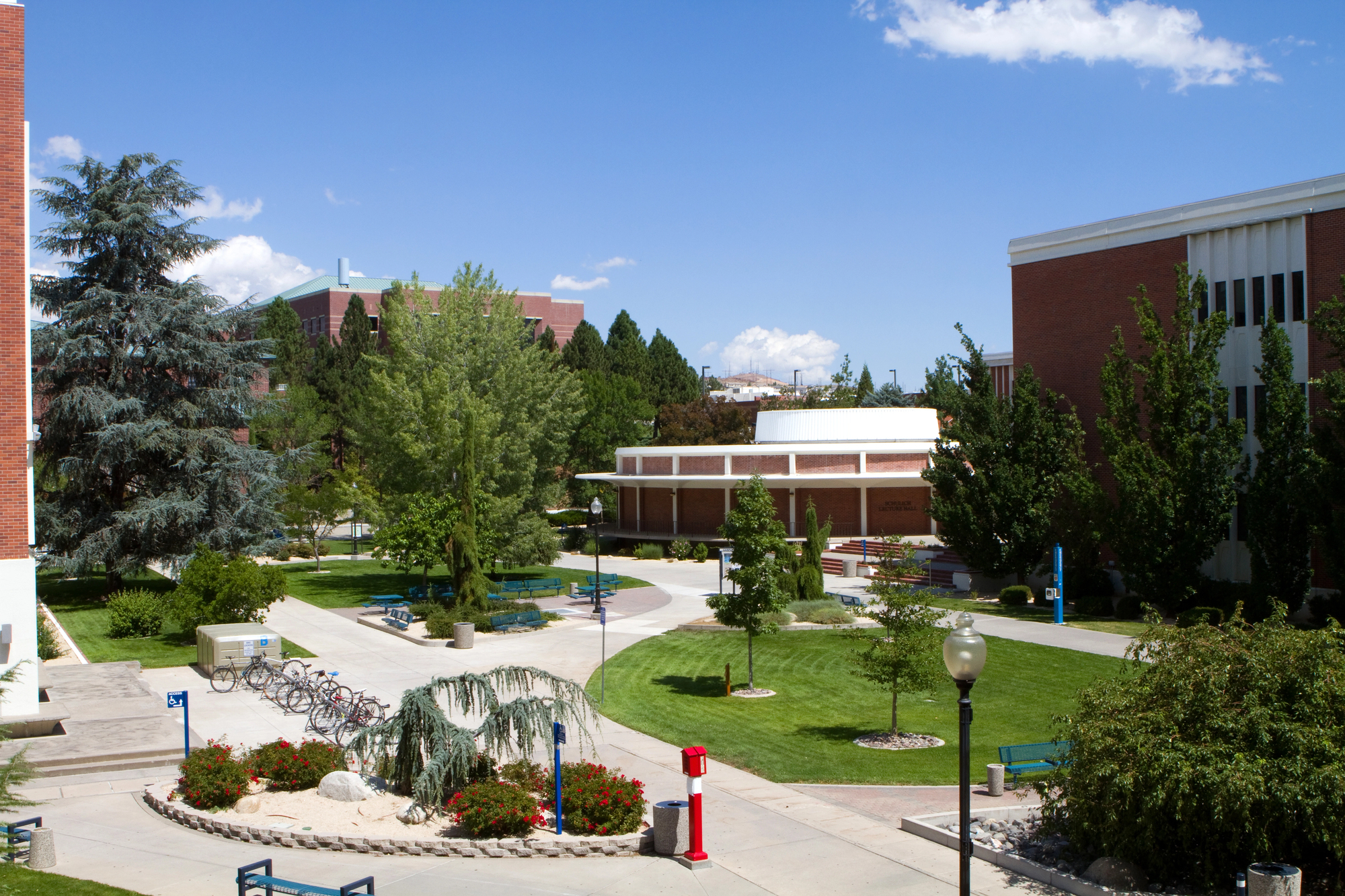
Located on a Nevada university campus, this trail system winds through high desert woodland where faculty and visiting artists create temporary installations using found materials and natural processes. The harsh environment demands artistic strategies that work with rather than against natural forces like wind, extreme temperatures, and minimal rainfall.
Forest clearings become temporary gallery spaces during student exhibitions, while more permanent works mark trail intersections and viewpoints. The park demonstrates how educational institutions can use art to help students understand their local environment while developing creative problem-solving skills.
Where Art Meets Wilderness
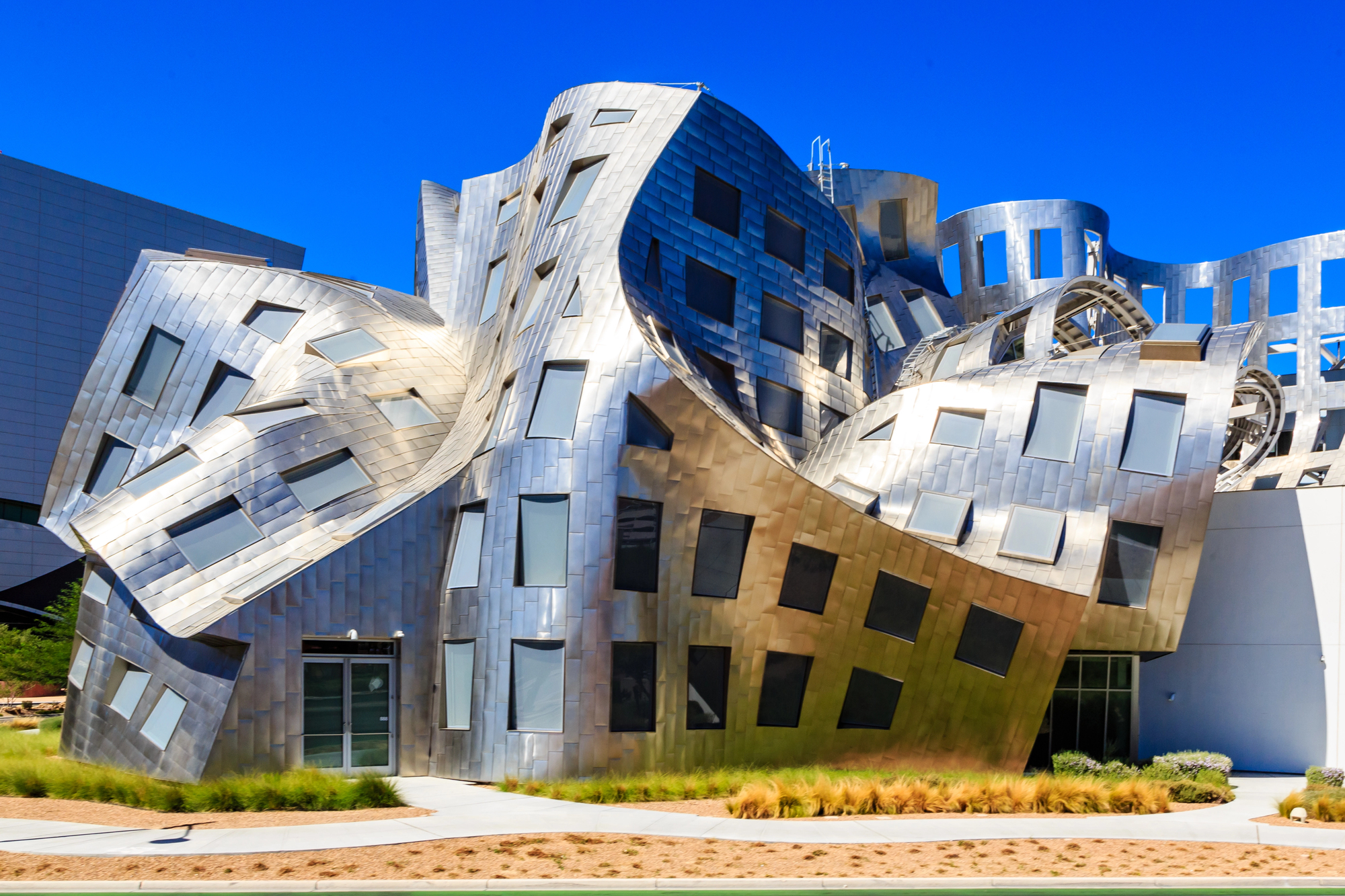
These clandestine sculpture parks belong to a new movement that identifies natural landscapes as legitimate gallery spaces capable of enhancing, but not substituting for, works of art. What began as artists seeking a departure from traditional museum environments has grown into a sophisticated understanding of how ecology and art can advance each other’s agendas.
Most of these parks today function as multiple-purpose sites for works of art, environmental education facilities, and wildlife habitats, demonstrating how the human imagination and natural systems can fruitfully co-exist.
More from Travel Pug

- Cities Growing so Fast You Won’t Recognize Them in 10 Years
- 13 Destinations Where Tourists Regularly Regret Their Trip
- 16 U.S. Cities That Are Quietly Becoming Travel Hotspots
- Where to Travel If You Love Long Bus Rides and Daydreams
- 20 Cities Perfect for Solo Travelers Who Crave Adventure & Culture
Like Travel Pug’s content? Follow us on MSN.
